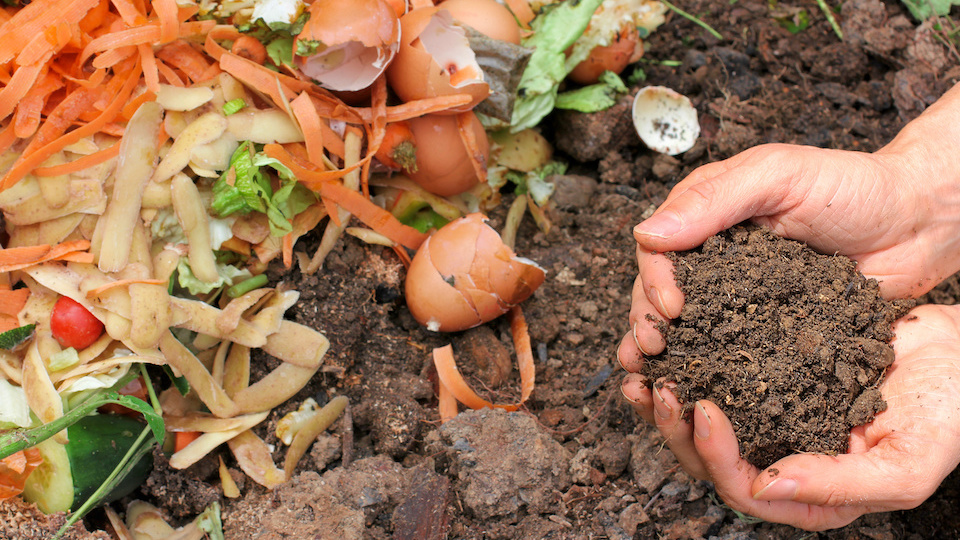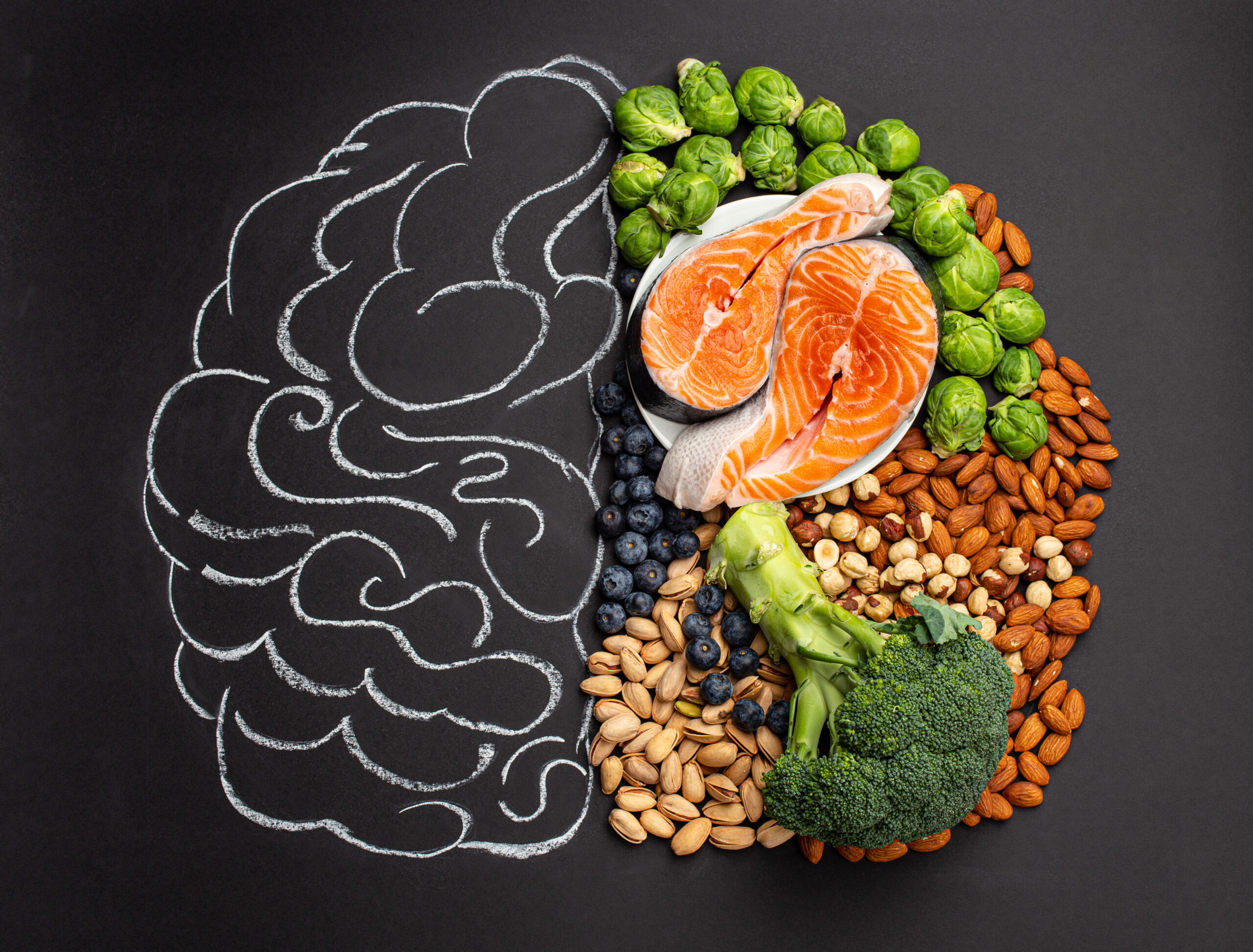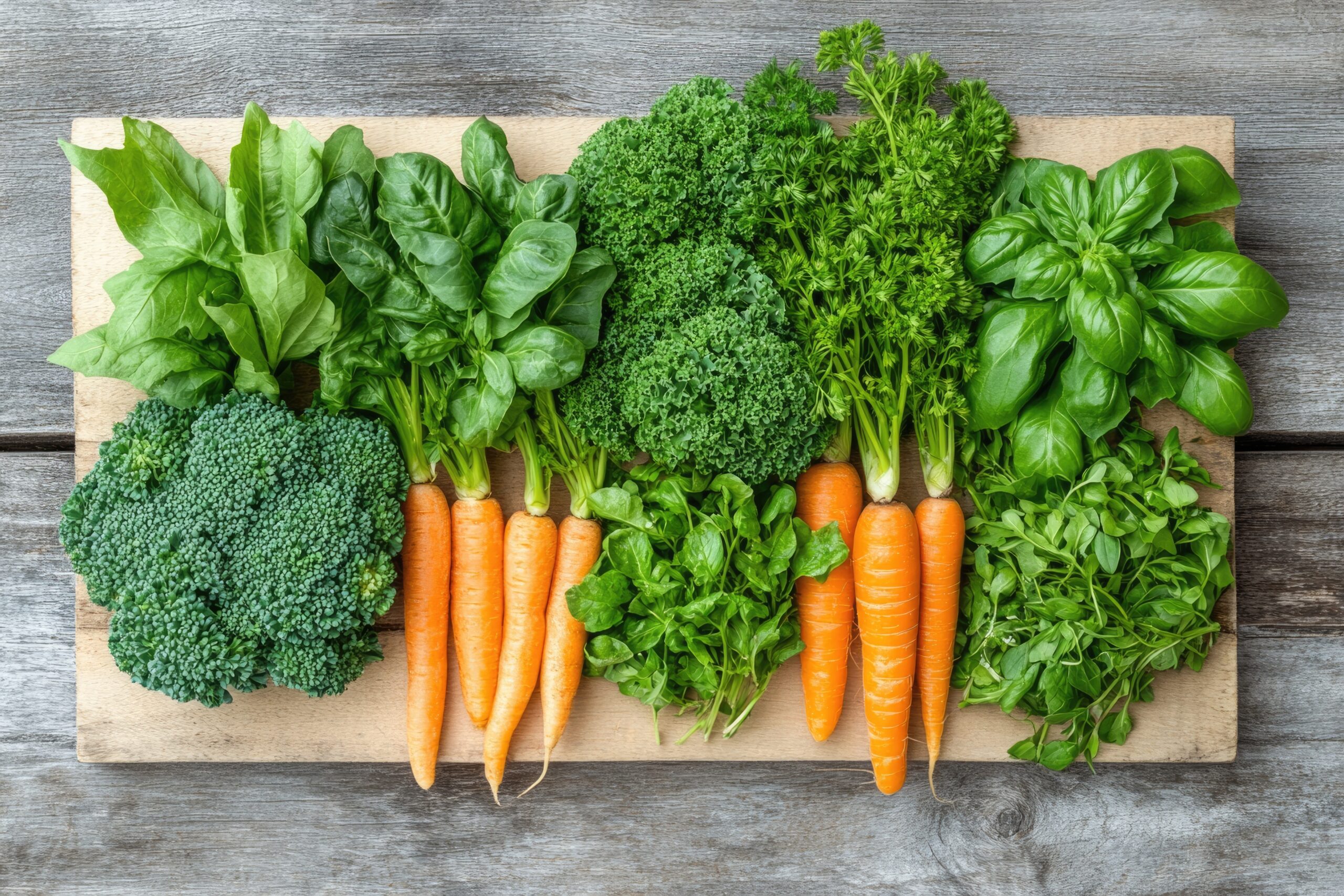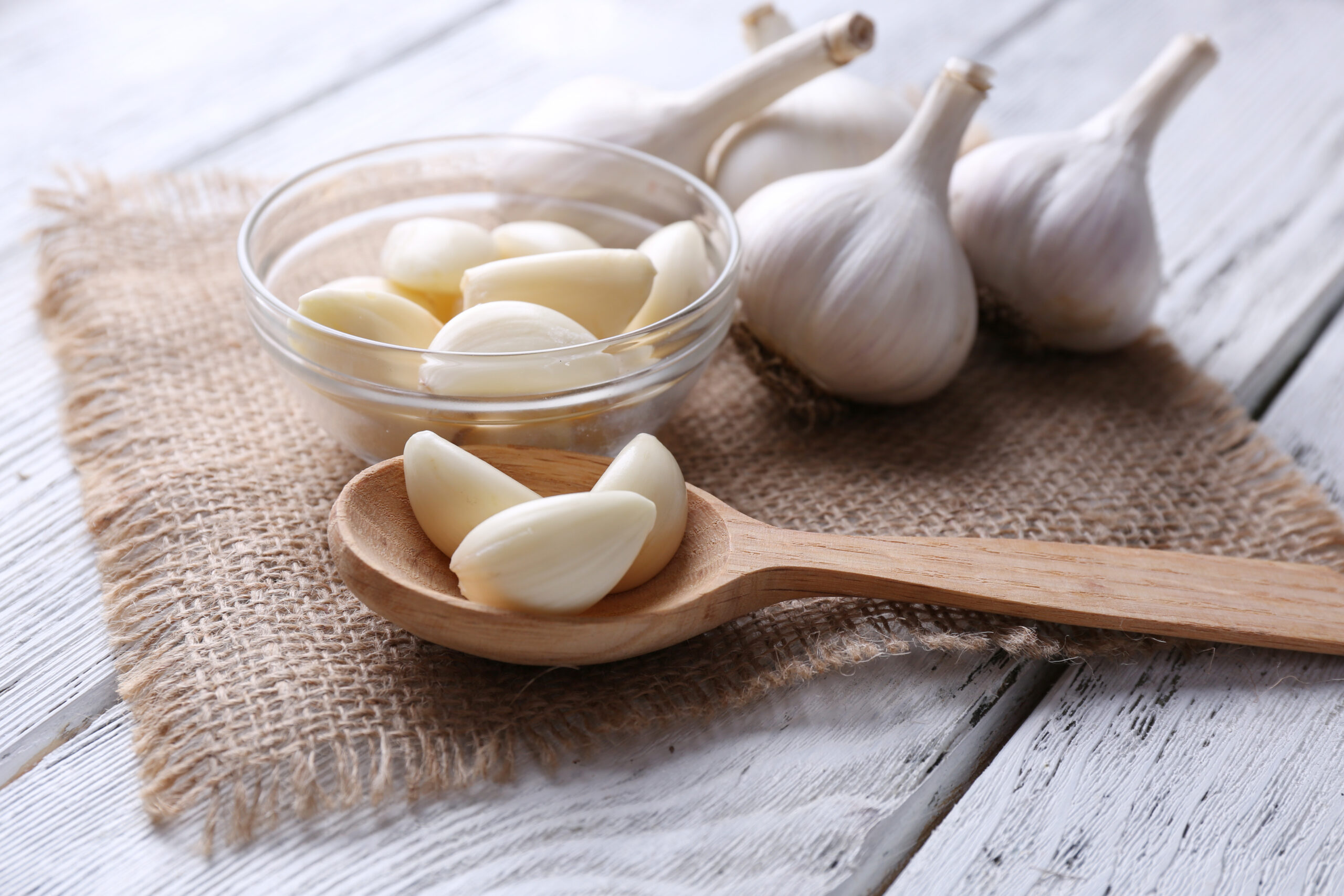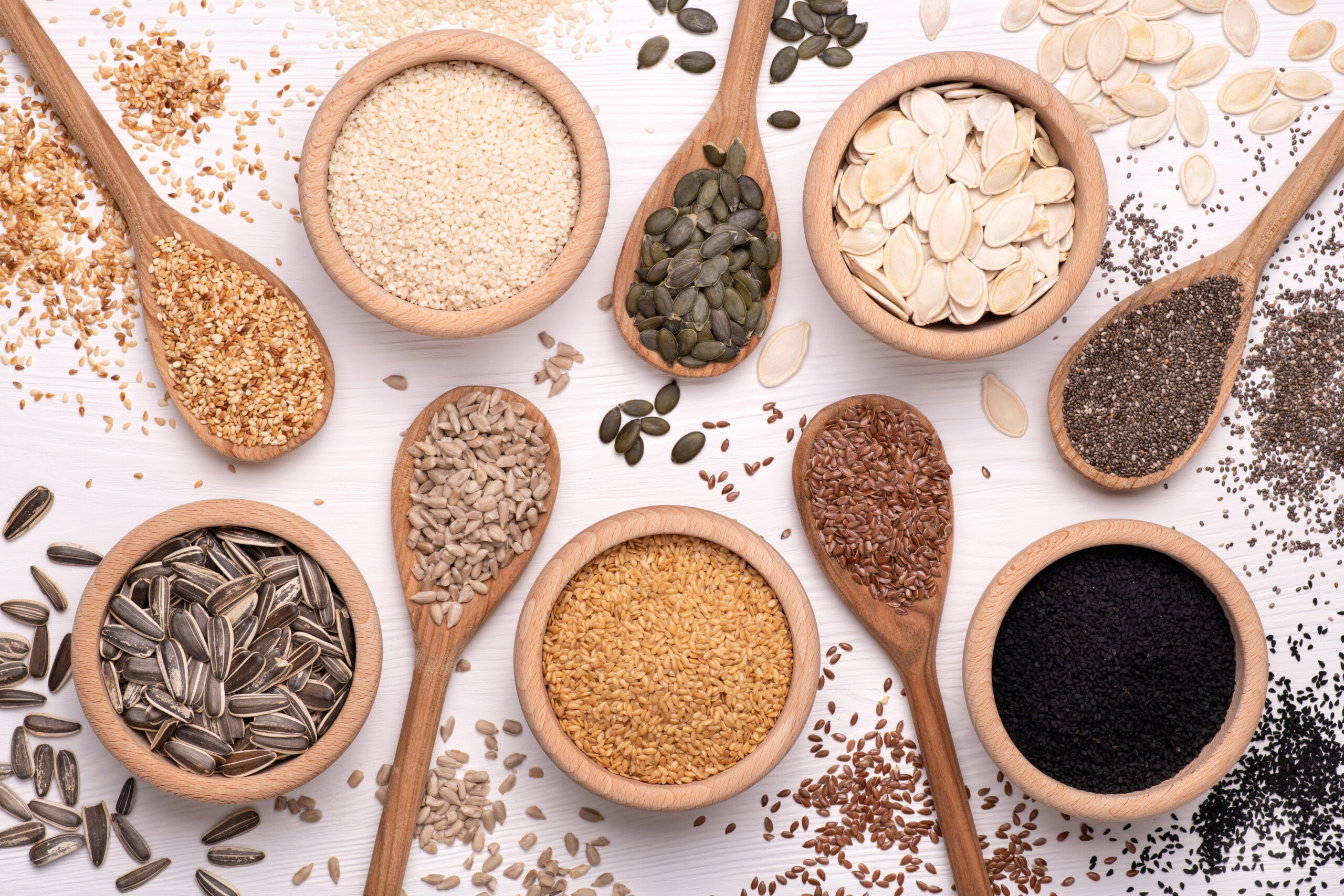This “CLEAN” Compost Trick Will Make Your Veggies Grow Huge
It’s spring, and for many gardeners around the country, it is time to prepare garden beds and start planting. One of the best things you can do for your plants is to supercharge your soil with rich, nutrient-dense compost. Don’t have time for composting? Don’t fret; there is one really neat compost trick that takes little time and effort but pays off big – building up the soil and making nutrients available to hungry plants and beneficial critters deep inside the soil.


